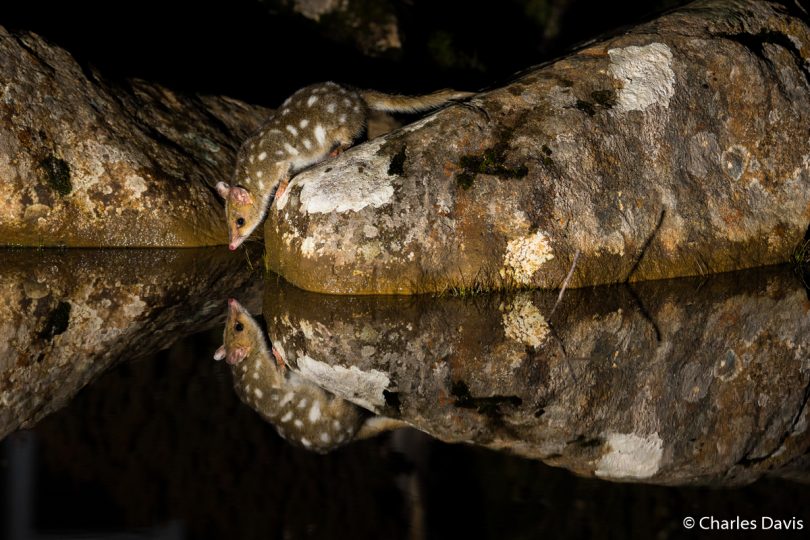
Eastern Quoll, Mt Field National Park, Tasmania. Photo: Charles Davis.
It doesn’t get much better than National Geographic when it comes to wildlife photography and this year three photographers from South East NSW are nominees in the Nature Photographer of the Year final.
Famous for his fine art approach to Australian wildlife photography, Charles Davis whose work features in the BBC’s new series ‘The Magical Land of OZ ‘ makes most of his images on home turf in the Snowy Mountains.

Charles Davis. Photo: Supplied
“This is the sixth year in a row I’ve been lucky enough to get an image or in this year’s case seven images into the Australian Geographic awards. As the biggest nature photography competition in Australia it’s a pretty big deal to get an image in the finals,” Charles says.
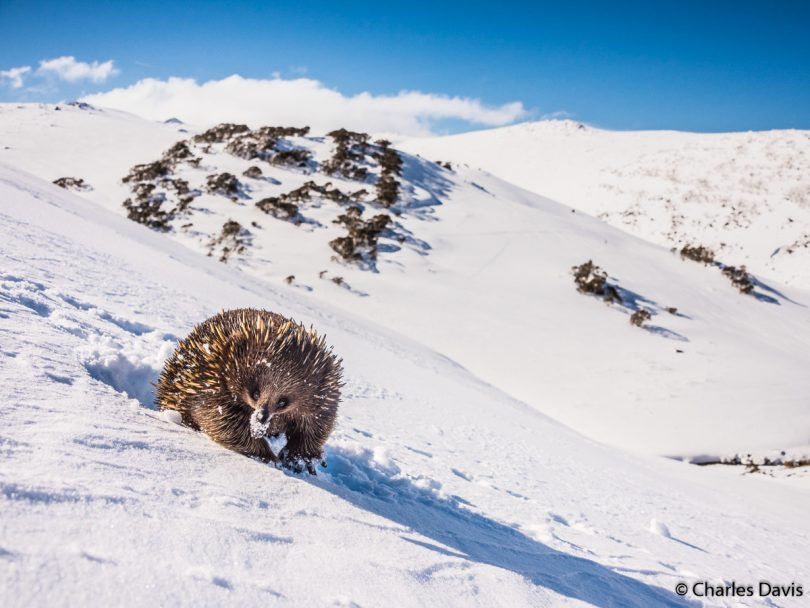
Mountain Echinda, Australian Main Range, NSW. Photo: Charles Davis.
After years of nature watching Pambula’s Harrison Warne’s patience has paid off with two images landing in the final.
Harrison was 14 when he started making photos in the wild but it wasn’t until he went to West Wylong on a photography trip his passion really came together.
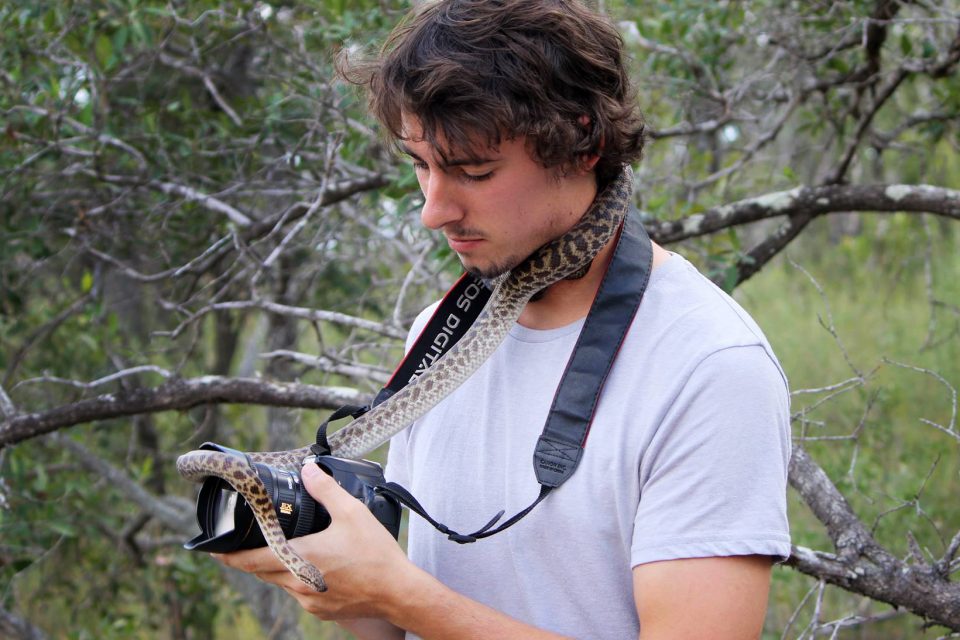
Harrison Warne. Photo: Elliot Budd.
“I took my brothers little point and shoot camera and took a few photos of reptiles, bought them back and my friends said how good the photos were, I’ve kept at it since,” he explains.
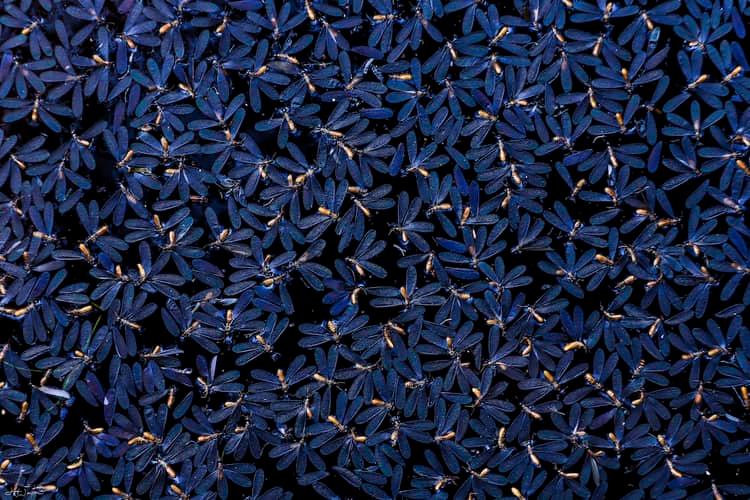
Death Mosaic. Photo: Harrison Warne
When you think of termites you don’t imagine the beauty Harrison captured on his 70-200mm lens.
“There’s insects that have behaviours no-one really knows about because they go undocumented,” he says.
“The dead termites in a puddle is something I just stumbled upon one afternoon out walking after the rain, I saw it and instantly thought it would make a great photo.”
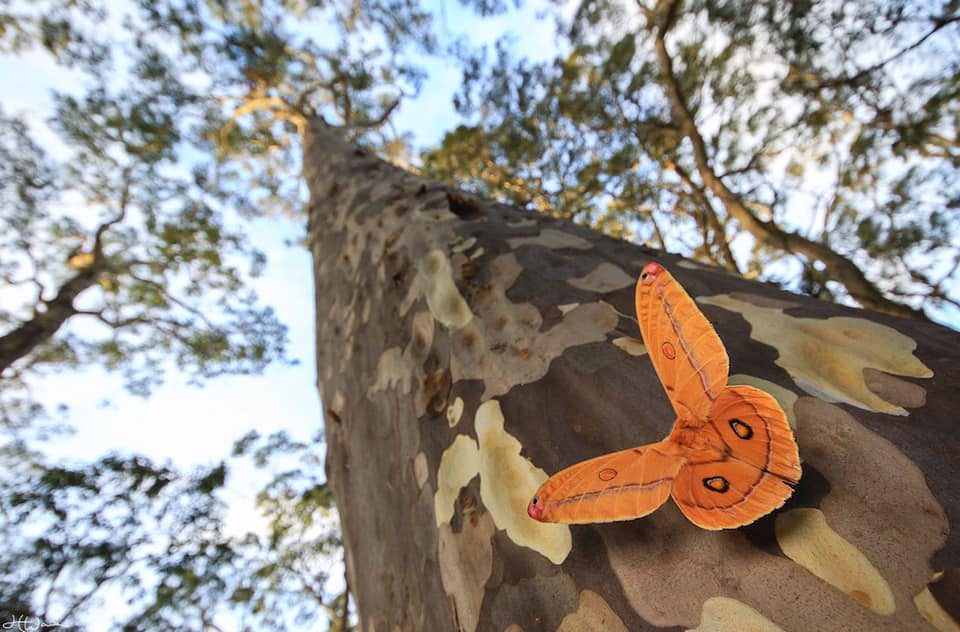
Emperor Gum Moth, Tathra. Photo: Harrison Warne.
“The moth photo was taken at the end of a hot summers day in my backyard, I had been wanting a photo of a moth for ages and this one was sitting lethargically on the tree so I used the 10-20mm wide angle to get the shot,” he explains.
Harrison is currently working on a film project with Tathra photographer David Gallan who is also a finalist in the National Geographic competition.
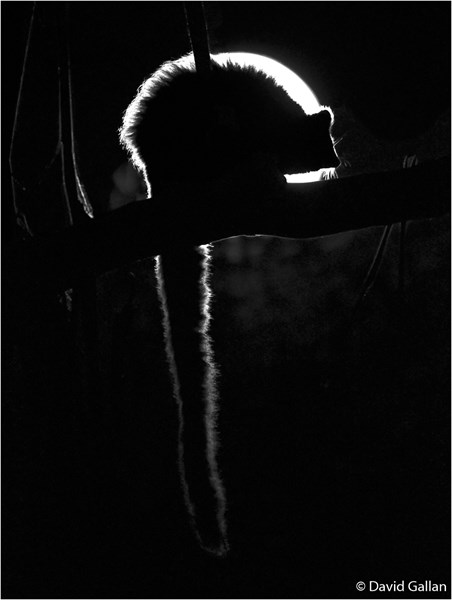
Greater Glider in Moonlit Forest, Wadbilliga National Park. Photo: David Gallan
David has been working to the rhythm of his local landscape for years now and continues to capture moments in the wild those without a photographer’s eye and patience would miss.
“I went to the same place over five full moon periods, some months you just don’t go because there’s too many people around and you don’t get that quiet ambiance to follow them [Greater Gliders] through the bush,” David says.
“I also had to wait for one [Great Glider] to sit on a bare branch.
“My ultimate is to capture a glide, that’s the holy grail for me.”
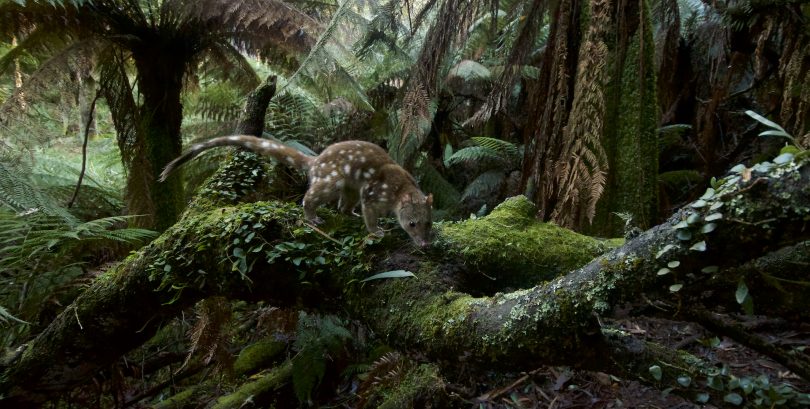
Spotted Tail Quoll, scent marking in Monga National Park. Camera triggered by movement. Photo: Dave Gallan.
The work of all three photographers will be exhibited as part of The National Geographic Nature Photography Competition at the South Australian Museum from Friday, August 16 to Sunday, November 10 with dates to be announced for the Australian Museum in Sydney.
Explore all the nominees at the National Geographic website.







